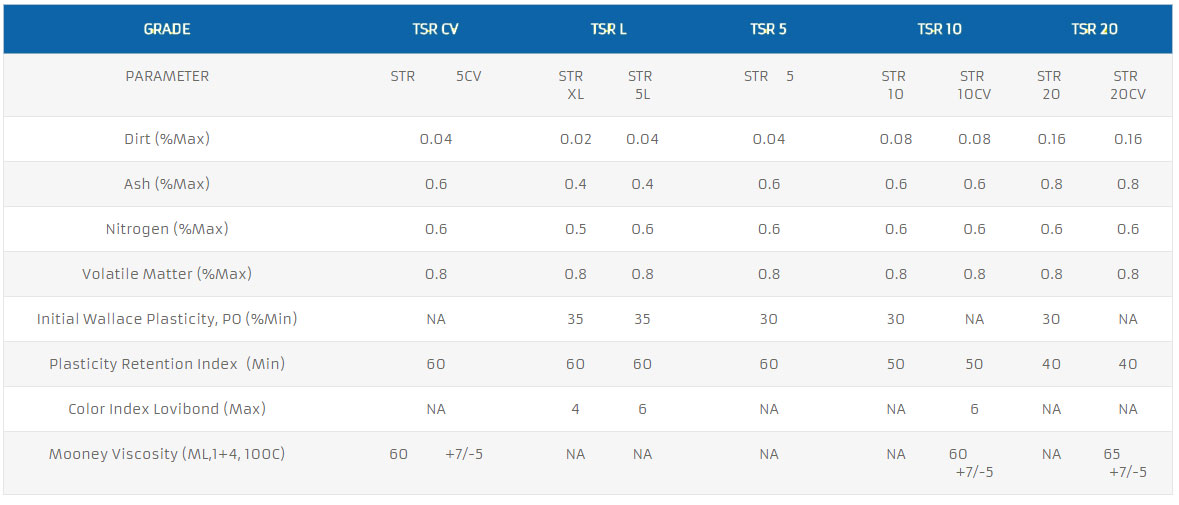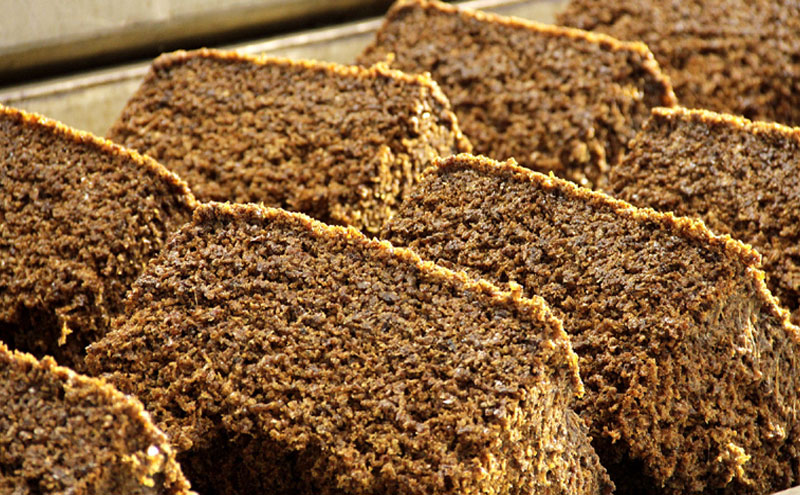Standard Thai Rubber (STR)
Description
Since rubber seedlings were first brought to Thailand in the early 1900s, Thailand is currently the world’s top rubber producer and exporter, due to its tropical climate, and sophisticated cultivation methods. Thailand’s high-quality rubber cultivation area exceeds 3.5 million hectares (mostly in the south where the monsoon climate enables high yields, about 76 tons per hectare), producing 3 million tons of rubber each year and accounting for 40% of the global rubber production. 10 percent of Thailand’s rubber is consumed locally — 65% of this is processed into value-added goods such as tires and tubes for vehicles and airplanes, gloves, rubber bands and elastics.
Thailand is also a leading research and development center for rubber, with the support and investment from multinational companies dominating the tire industry. With a primary objective to boost rubber consumption and to expand the mid and downstream rubber industry in Thailand, the Ministry of Industry has assigned the Industrial Estate Authority of Thailand (IEAT) to establish Rubber City, in the southern border province of Songkhla, to serve as a hub for rubber products.
Packing
1 Bale, Loose = 35 kg
1 Pallet (36 Bales), Shrink Wrapped Wooden / Disposable Plastic / Metal = 1.26 MT
1 Container (16 Pallets), 20-ft = 20.16 MT




